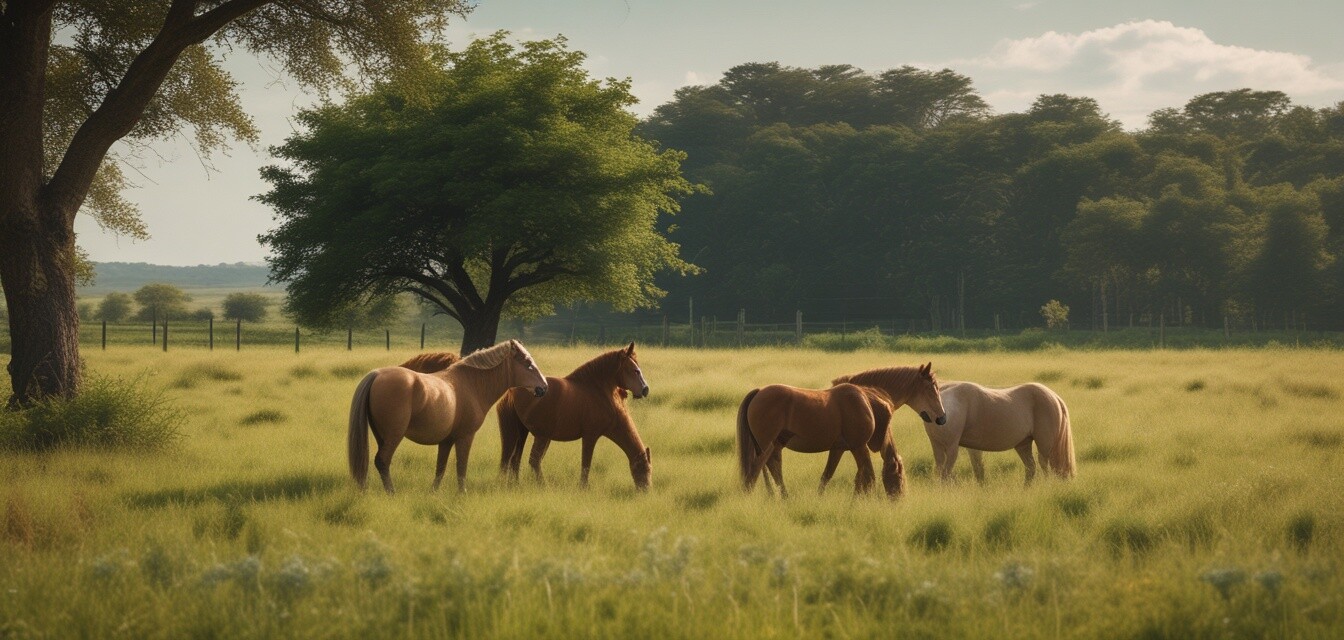
The Role of Horses in Conservation Efforts
Key Takeaways
- Horses play an essential role in sustainable grazing practices that benefit ecosystems.
- Equestrian efforts contribute to community education on environmental issues.
- Horses can help restore native vegetation and combat invasive species.
- The partnership between horses and humans can lead to innovative conservation initiatives.
In recent years, the horse industry has increasingly recognized its potential impact on conservation efforts. With their unique feeding habits and social structure, horses are not just companion animals; they are key players in various environmental initiatives. From promoting sustainable grazing to engaging local communities in conservation education, the role of horses extends far beyond the stable. This article explores how equestrian efforts contribute to conservation, the methods used, and the inspiring results achieved.
Horses and sustainable grazing practices
Sustainable grazing is a technique where animals, including horses, graze in a manner that benefits the land and its ecosystems. Horses, with their natural grazing behavior, can be incredibly effective in promoting biodiversity and preventing overgrowth of certain plant species.
Benefits of Horses in Grazing
| Benefit | Description |
|---|---|
| Biodiversity Enhancement | Horses help control the growth of invasive weeds, allowing native species to thrive. |
| Soil Health | Their grazing patterns aerate the soil, improving nutrient cycling. |
| Water Management | Properly managed grazing reduces runoff, improving water quality in local streams. |
| Carbon Sequestration | Managed grazing supports carbon storage in the soil, helping to combat climate change. |
Community education and awareness
Equestrian organizations are pivotal in fostering community engagement around conservation. Through events, workshops, and educational programs, they raise awareness about the challenges facing our environment and the role of horses in addressing them.
Programs promoting environmental stewardship
- Community outreach programs that educate the public on sustainable land use.
- Workshops that teach horse owners about the ecological impact of their horses.
- Partnerships with local conservation groups to promote habitat restoration activities.
Innovative conservation initiatives involving horses
Combining horse care and environmental stewardship can lead to innovative projects that not only enhance ecosystems but also strengthen community bonds.
Examples of successful initiatives
| Initiative | Description | Location |
|---|---|---|
| Grazing for Biodiversity | A project where horses graze on specific pastures to facilitate native plant growth. | California, USA |
| Horse-Powered Restoration | Utilizing horse-drawn equipment to restore sensitive areas without damaging soil. | New Zealand |
| Community Care Events | Events where the community joins to learn about horse care while participating in conservation activities. | Australia |
The role of collaboration in conservation
Both horse owners and conservationists benefit from collaborative partnerships. By combining resources, knowledge, and efforts, they can maximize their impact on the environment.
Working together for a shared goal
- Shared access to grazing land can minimize conflicts and enhance land use efficiency.
- Joint efforts can lead to innovative funding sources to support conservation goals.
- Creating a community of practice allows for shared learning and experience exchange.
Pros
- Enhances local biodiversity through sustainable grazing.
- Fosters community engagement and education on conservation.
- Helps restore ecological balance in native habitats.
Cons
- Requires careful management to prevent overgrazing.
- Potential conflicts over land use between equestrian and conservation goals.
Conclusion
Horses serve as remarkable partners in conservation efforts, contributing to sustainable grazing, community education, and innovative ecological initiatives. Their impact stretches far beyond traditional equestrian activities, marking them as important allies in the quest for a healthier environment. As the equestrian community continues to embrace its role in conservation, the partnership between horse and human shows great promise for the future of our ecosystems.
For more insights into equestrian gear that can further enhance your conservation efforts, feel free to explore our Equestrian Gear section. Stay updated with the latest trends in the horseback riding community by visiting our News and Trends blog category.
